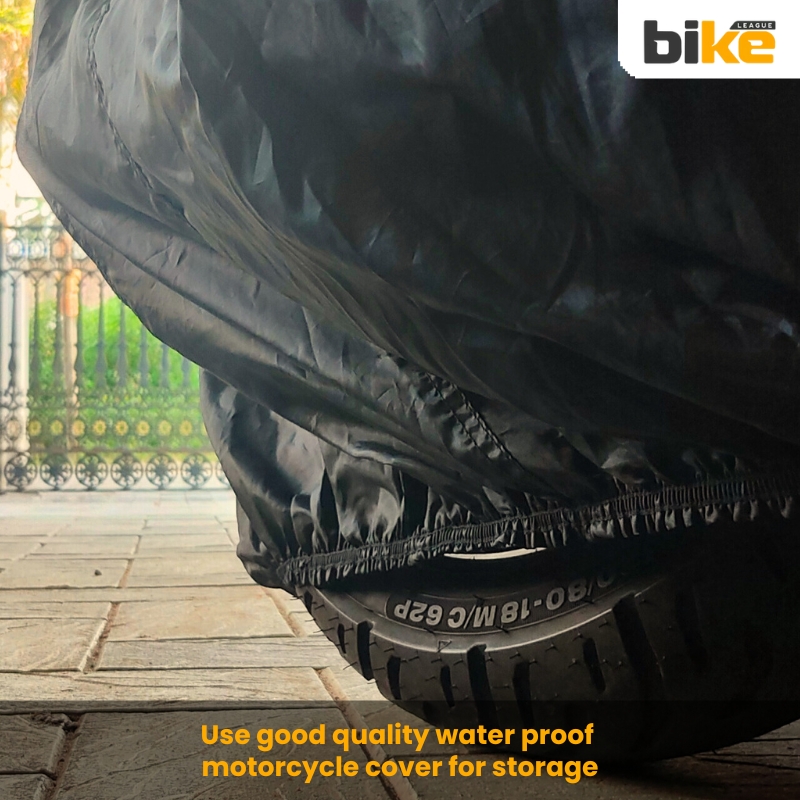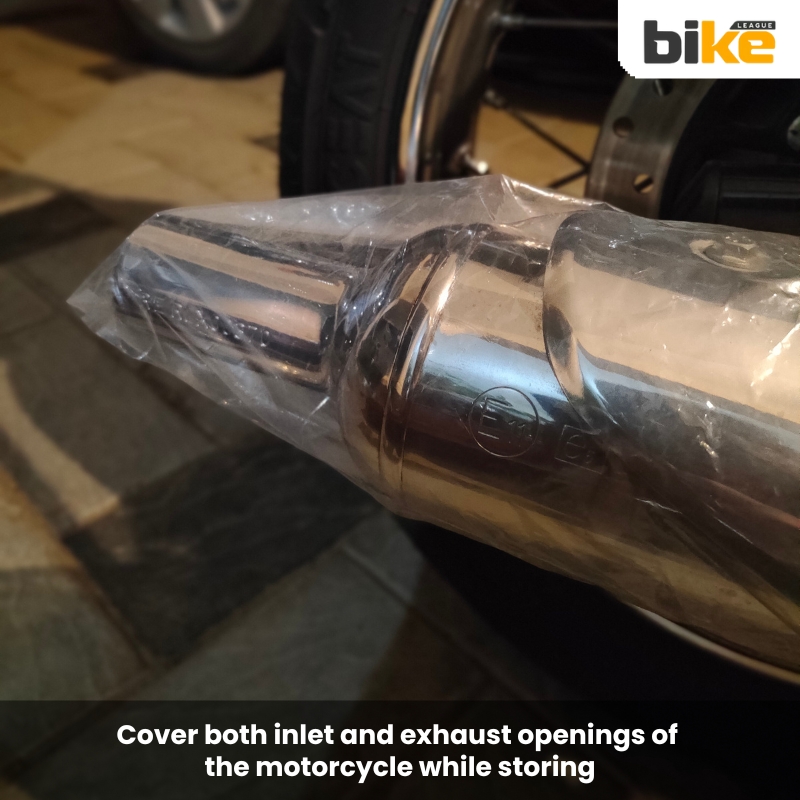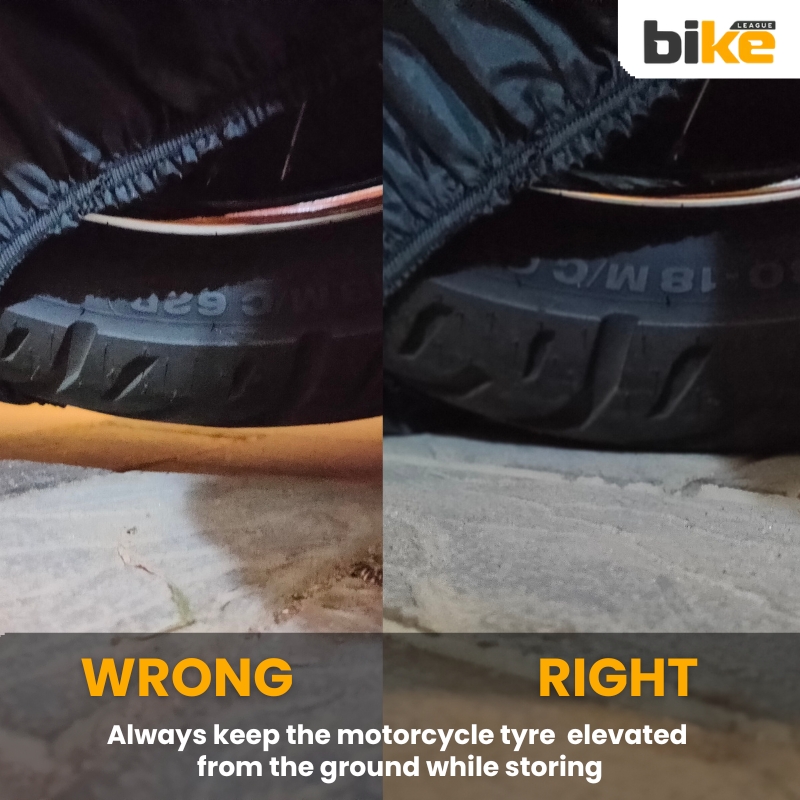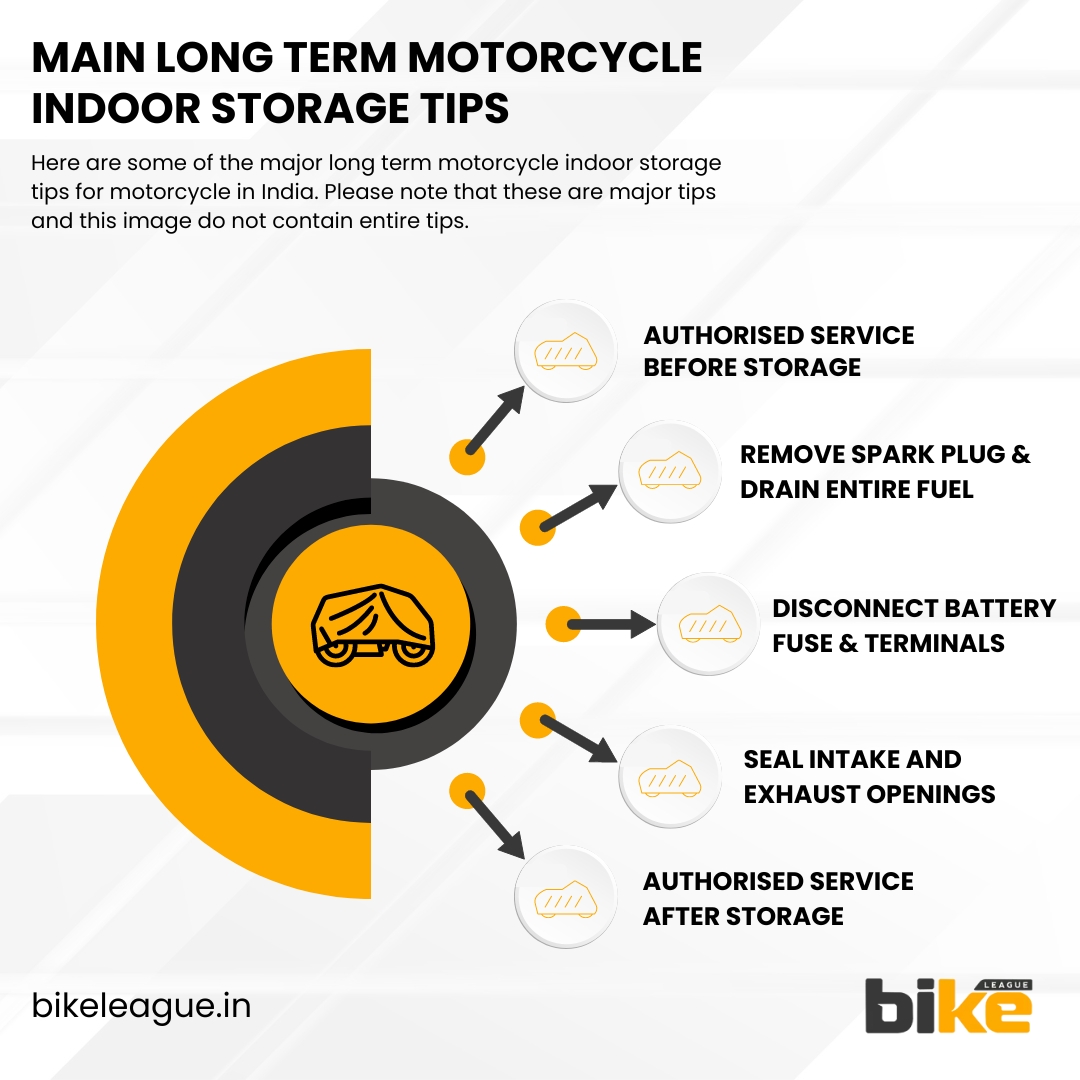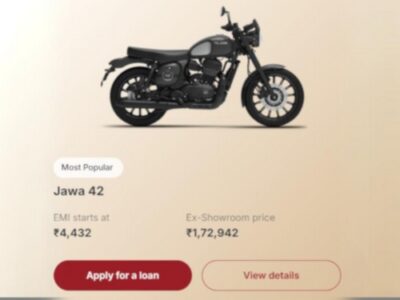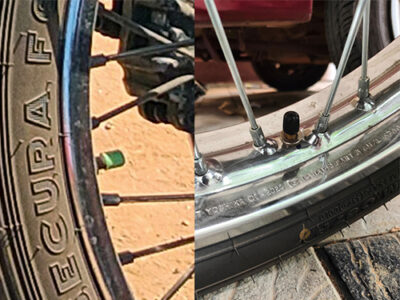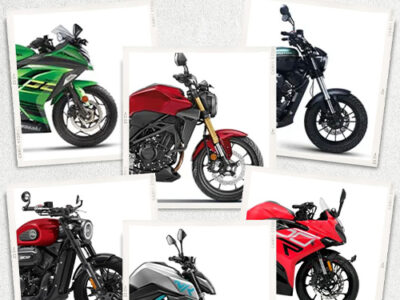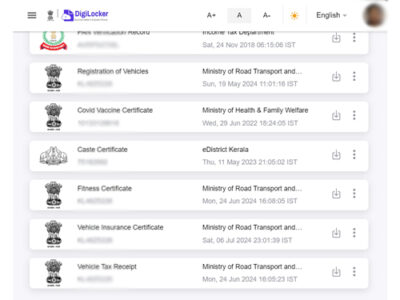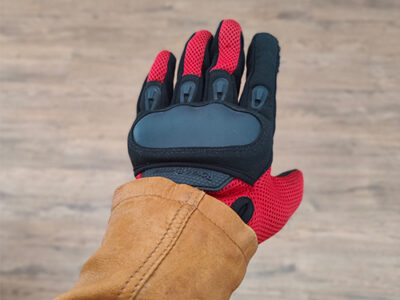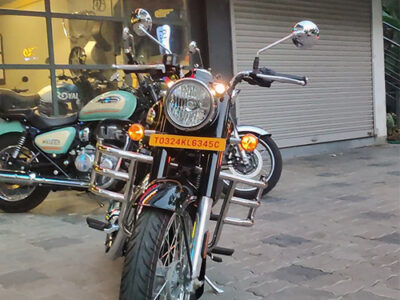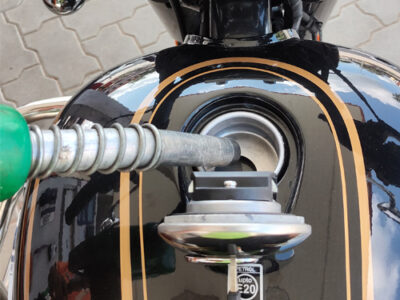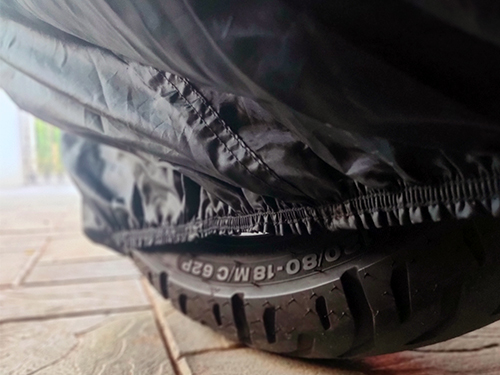
|
Getting your Trinity Audio player ready...
|
Long story short: Discover tips & precautions for preparing your motorcycle for long term indoor storage with our comprehensive guide. From cleaning to battery care, we’ve got everything covered.
Maintaining the longevity and performance of your motorcycle in India’s diverse climatic conditions is essential when storing it for an extended period. Taking the proper motorcycle storage precautions can prevent damage and ensure your motorcycle is ready to hit the road when needed.
List of all motorcycle storage precautions & tips
1. Get an authorised service first
First and foremost, having your motorcycle serviced by an authorised service centre before storing it is crucial.
2. Choosing the right motorcycle storage Location
Motorcycle Indoor Storage
Storing your motorcycle indoors is highly recommended to shield it from harsh weather conditions, temperature fluctuations, and potential theft. Ideal options include garages, sheds, or climate-controlled self-storage units. These environments help maintain a consistent and moderate temperature, perfect for long-term storage.
Climate-Controlled Units
Consider utilising a climate-controlled self-storage unit to safeguard your motorcycle from freezing winter temperatures and excessive summer heat. These units also provide ample space to store additional gear, such as helmets, jackets, and tools.
Security
To protect your motorcycle from harsh weather and potential damage, opt for self-storage facilities with state-of-the-art security features and gate code access.
3. Pre-storage maintenance
Cleaning
Before storing your motorcycle, thoroughly wash and wax it, paying extra attention to chrome and paint surfaces to prevent rust and corrosion. Clean the drive chain thoroughly, and thoroughly apply the recommended chain lubricant. After using the lubricant, wipe off any excess after 5 minutes.
Fluid Changes
Follow your Owner’s Manual guidelines to change the engine oil, oil filter, brake fluid, and coolant/antifreeze. This helps prevent any old fluids from causing damage during storage.
Fuel System and Spark Plug
Thoroughly drain the fuel from the fuel tank and induction system, or add a fuel stabiliser to prevent the fuel from degrading. Some fuel stabilisers are specifically formulated for long-term storage, lasting up to 24 months. Remove the spark plug, pour about 5 ml of clean engine oil through the hole, close the hole, crank the engine several times, and refit the spark plug.
Battery Care
Remove the charging circuit fuse from the fuse box, disconnect the battery terminals, and remove the battery. Store the battery in a cool, dry, and well-ventilated place. Before refitting the battery in the bike, check that the battery voltage is within specification. If not, recharge it at an authorised service workshop or battery dealer.
4. Physical Protection
Metal parts
Apply anti-rust solutions to all plated parts, being careful not to apply them to chrome, rubber, or painted parts.
Tyre Care
Over-inflate the tyres to prevent flat spots, or use a motorcycle stand to elevate the bike. Occasionally rotate the tyres to change their contact points with the ground.
Covering
Use a breathable, waterproof cover to shield your motorcycle from dust and moisture. Cover the silencer with suitable bags to prevent moisture entry. Set the bike on its centre stand and avoid placing it near heating or hot items to prevent damage.
Seal Openings
Seal the exhaust and intake openings to prevent small animals from nesting inside.
5. Long-Term motorcycle storage tips
Periodic Checks
While starting the motorcycle periodically during storage is not recommended, perform occasional checks to ensure everything is in order. Flex the levers and rotate the rear wheel if the bike is on a centre stand.
Leather Treatment
Store leather items like seats and saddlebags in a dry, heated building and treat them with a leather conditioner to prevent cracking.
Avoiding Improper Storage
Improper storage, such as haphazardly placing the bike in a corner, can lead to various issues. To avoid problems, ensure each step is followed meticulously.
6. Preparing for the Riding Season
Pre-Ride Inspection
Before taking your motorcycle out of storage:
- Perform a thorough safety check.
- Inspect the battery, check for leaks, ensure fluid levels are topped off, and verify that the tyres are properly inflated.
- Test all lights and signals, and make sure the throttle and clutch function correctly.
Fuel and Spark Plugs
Drain any old fuel and replace it with fresh gasoline. Check and, if necessary, replace the spark plugs before starting the engine.
Final Step
To restore the motorcycle to its peak operating conditions, preparing it through an authorised service centre for reuse after storage is preferable.
Frequently Asked Questions About Motorcycle Indoor Storage
1. Should I empty the fuel tank before storing my motorcycle?
Either empty the fuel tank or treat the fuel with a stabiliser to safeguard the engine from fuel degradation during storage.
2. How can I prevent tyre flat spots during storage?
To prevent tyre flat spots, slightly over-inflate the tyres and consider using a motorcycle stand to keep them off the ground, thereby maintaining their shape and integrity.
3. Is it necessary to remove the battery for long-term storage?
Removing and storing the battery in a dry, heated place to prevent drainage and extend its lifespan is advisable. Alternatively, using a maintainer can also be effective.
4. What type of cover should I use for my motorcycle in storage?
Opt for a breathable, waterproof cover to protect the motorcycle from condensation buildup and moisture damage, especially in humid conditions. This type of cover allows air circulation while keeping moisture out.
5. Should I start my motorcycle periodically during storage?
Starting the motorcycle periodically during storage is not recommended, as this can lead to condensation and other issues. The best approach is to properly prepare the bike before storage and leave it until it’s time to ride again.
6. What maintenance should be done before storing a motorcycle?
Before storing the bike, clean and polish it, change the engine oil and perform any authorised service to prevent corrosion and ensure it’s ready for use when taken out of storage.
7. How can I protect the exhaust pipes during storage?
Prevent moisture and pests from entering the exhaust pipes by plugging or covering them to avoid damage over time.
8. Do leather parts need special treatment before storage?
Treat leather parts with a conditioner to prevent drying out and cracking during storage.
9. Which surface should I store the motorcycle on?
To prevent tyre damage, avoid storing the bike on concrete. Instead, protect the tyres with a plywood sheet or old carpet.
10. Do I need to perform authorised service before and after long-term storage?
Yes. It is preferable to have an authorised service to operate a motorcycle at its peak operating conditions.
Other related articles from Bikeleague India
- How to properly maintain your motorcycle fuel tank
- Motorcycle service – All things you need to know explained
- Tips to reduce your bike insurance premium in India
- Understanding bike insurance jargons & Essential Addons
- Two wheeler insurance in India – How to buy and select
Conclusion
We have discussed long term motorcycle indoor storage tips and precautions. If you have any other questions or queries, email us at bikeleague2017@gmail.com. You can also share your doubts or opinions in the comments section below. We are always eager to help and assist you. Also, here are several social media platforms of Bikeleague India to raise your suspicions.

